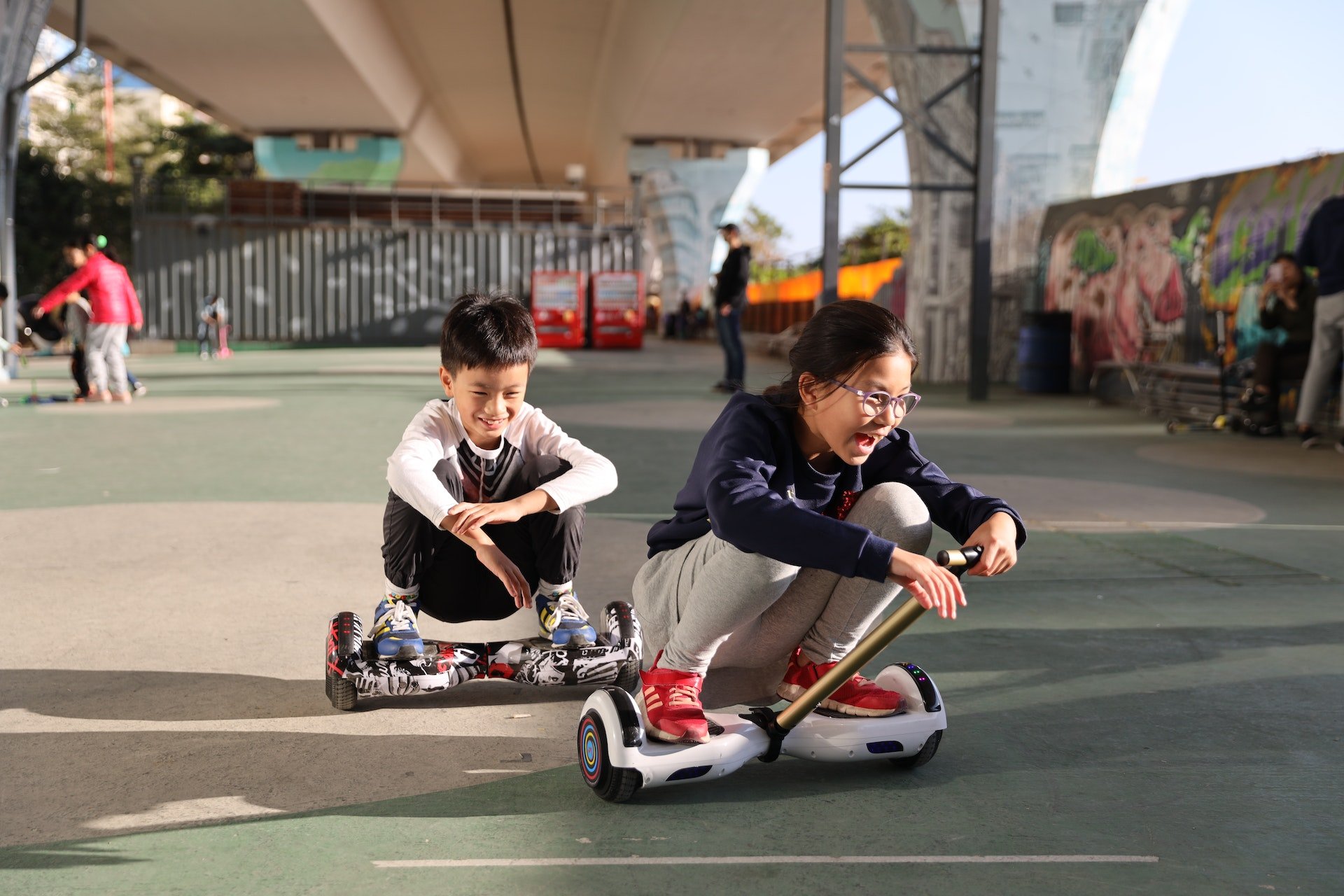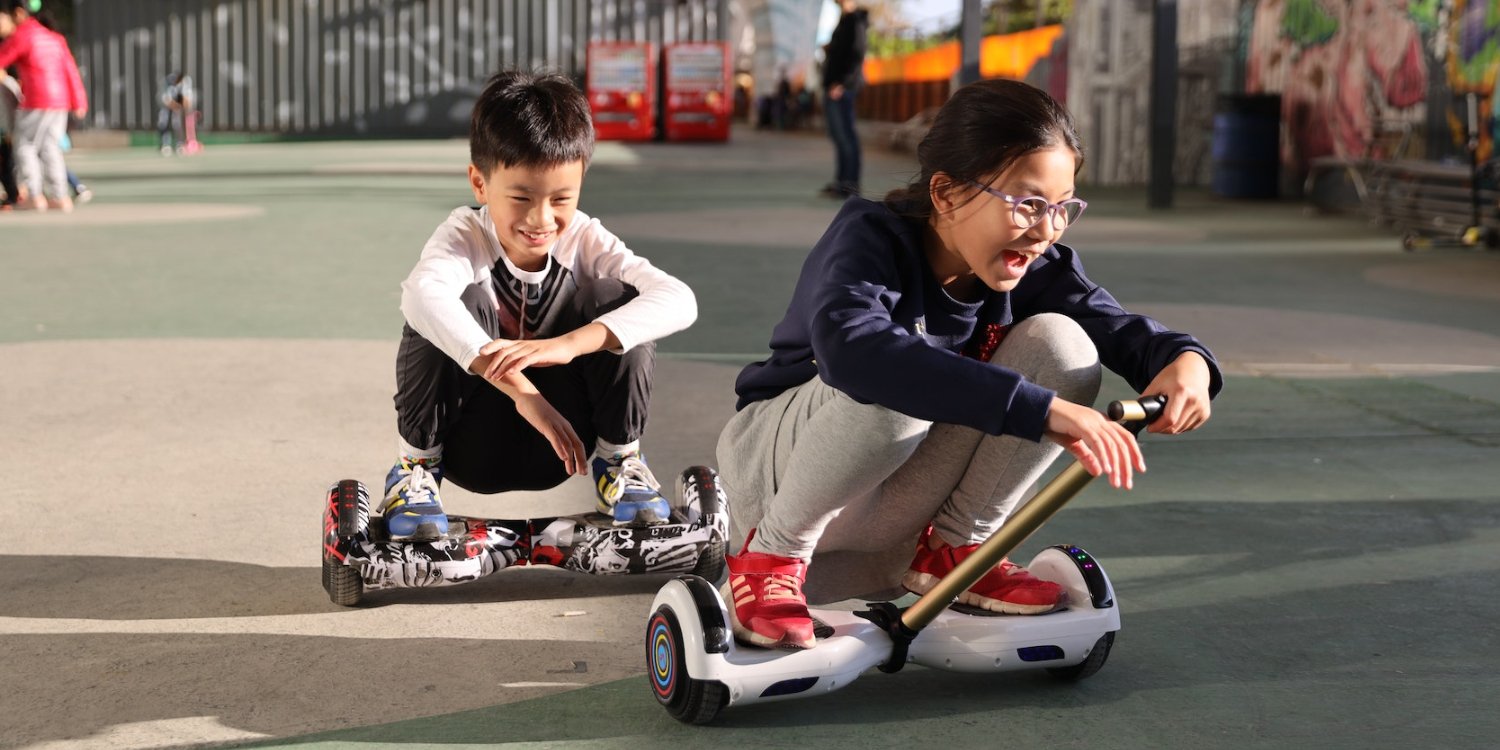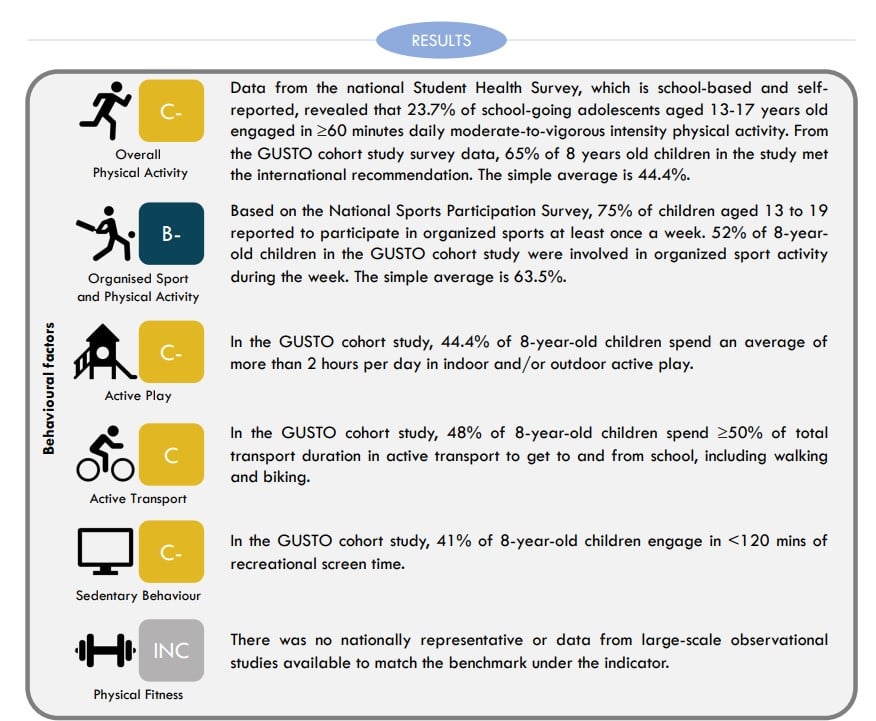NUS Report Indicates Over 50% Of Singaporean Children & Teenagers Don’t Exercise Enough
Health has always been a hot-button topic in Singapore, especially when new initiatives are being rolled out constantly to keep the country’s health in check.
One area of concern is children’s health, as they are the next generation upon which a country’s future depends.
In a National University of Singapore (NUS) report, researchers found that over 50% of children and teenagers do not get enough exercise in a day.

Source: Ben Muk on Unsplash
Among those aged 13 to 17, only 23.7% met the benchmark of 60 minutes of moderate to vigorous physical activity daily.
Children & teenagers in Singapore score C- in overall physical activity
The findings came from the 2022 Active Healthy Kids Singapore Report Card, published by the Saw Swee Hock School of Public Health at NUS.
Researchers studied data based on physical activity among children aged up to 18, including organised sports, active play, and active transport.

Source: Blog.nus
For overall physical activity, only 23.7% of teenagers aged 13 to 17 achieved the recommended daily amount.
According to the Active Healthy Kids Global Alliance, children should have 60 minutes of moderate to vigorous exercise daily.
The number for eight-year-olds was a little more hopeful, with 65% meeting the benchmark.
On average, 44.4% of children and teenagers in Singapore have enough exercise, resulting in an underwhelming grade of C-.
Children & teenagers fare better in terms of organised sports
Despite the above, 75% of teenagers polled took part in organised sports at least once a week.
52% of 8-year-olds reported doing the same, resulting in an average of 63.5% or B- in this category.
Children scored C- and C in active play and transport, respectively, meaning that less than half met the benchmark.
Active play takes into account how much time children spend in indoor and/or outdoor active play.
Meanwhile, active transport gauges time spent on active transport to get to and from school, such as walking and cycling.
Sedentary behaviour was also a factor, and with less than 120 minutes of daily recreational screen time being the recommended amount, only 41% of eight-year-olds made the cut.
Singapore scores highest for physical activity-supporting infrastructure
On a more positive note, Singapore earned an A+ for community and environment.
The indicator looks at the presence of neighbourhood infrastructure that fosters physical activity.
95.1% of parents reported the presence of neighbourhood open areas, parks, playgrounds, swimming pools, gyms, or sports activity clubs.
Out of that, 88.5% of 5.5-year-old parents felt their neighbourhood environment was safe for children’s physical activity.
In relation, the government scored a B for supporting physical activities by providing resources.
However, the study added that these activities’ effectiveness remains “largely unknown”.
Have news you must share? Get in touch with us via email at news@mustsharenews.com.
Featured image adapted from Ben Muk on Unsplash.









